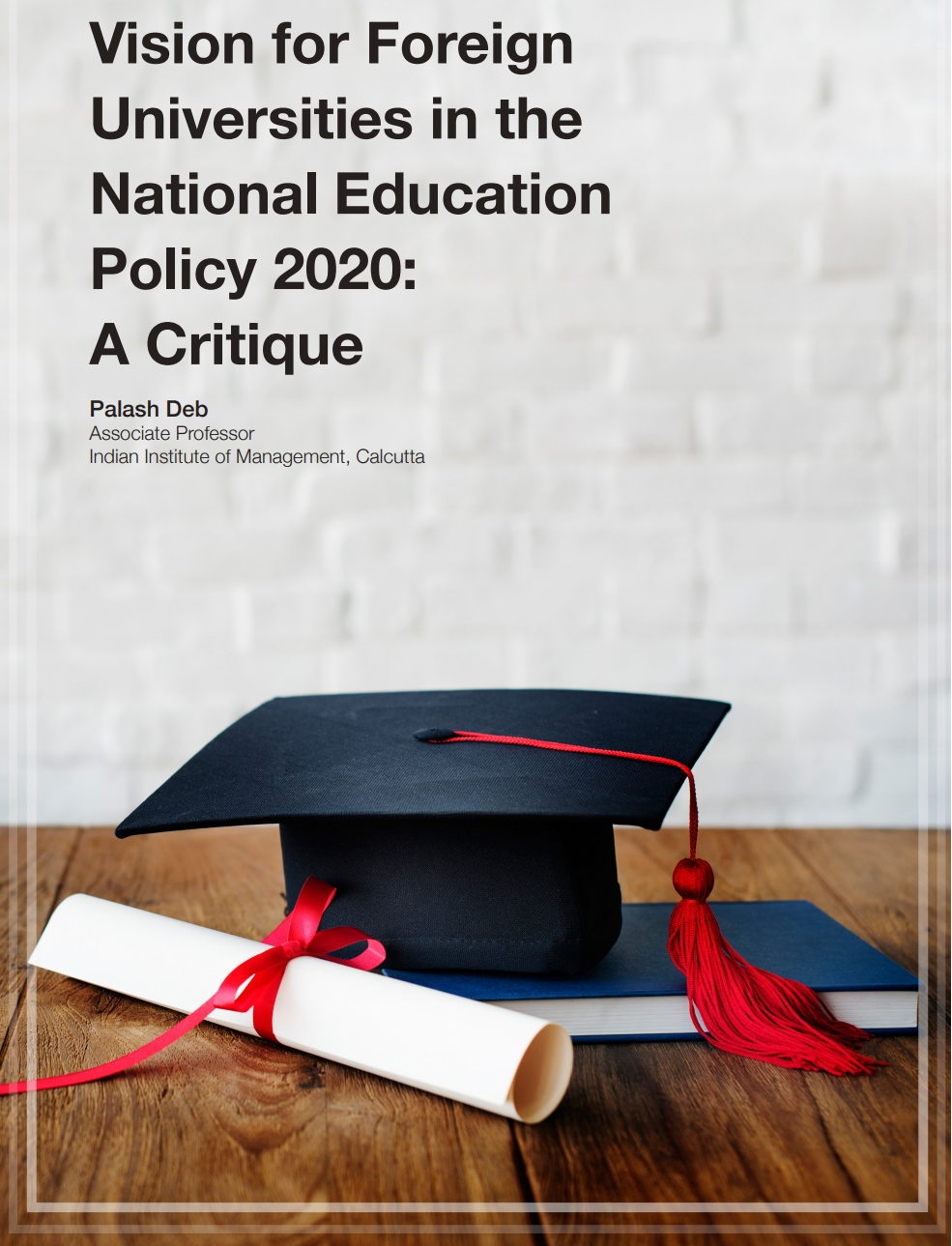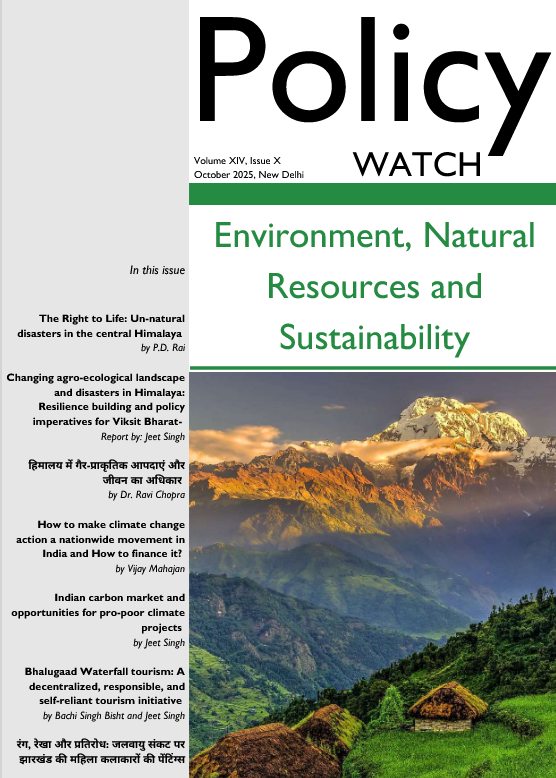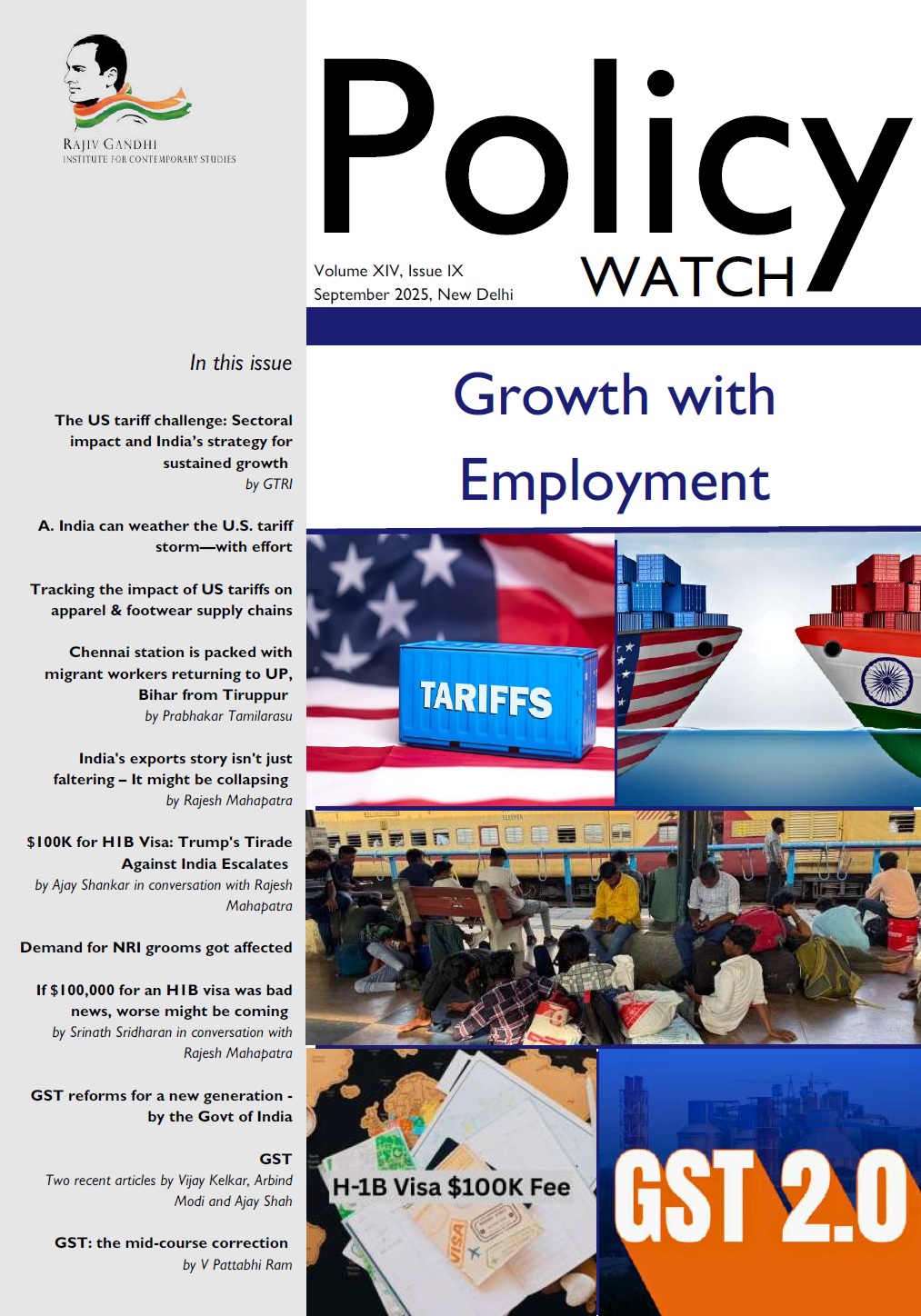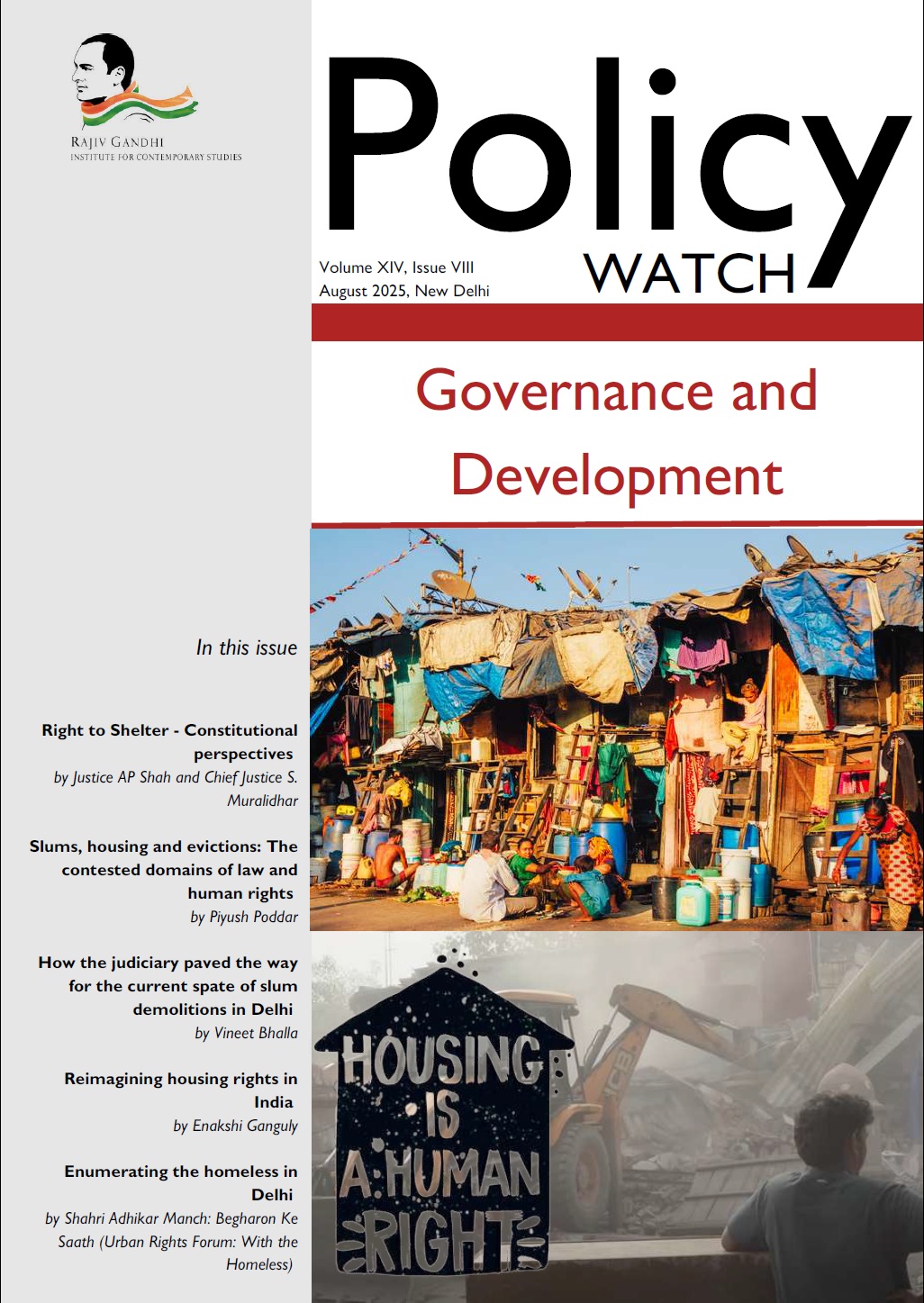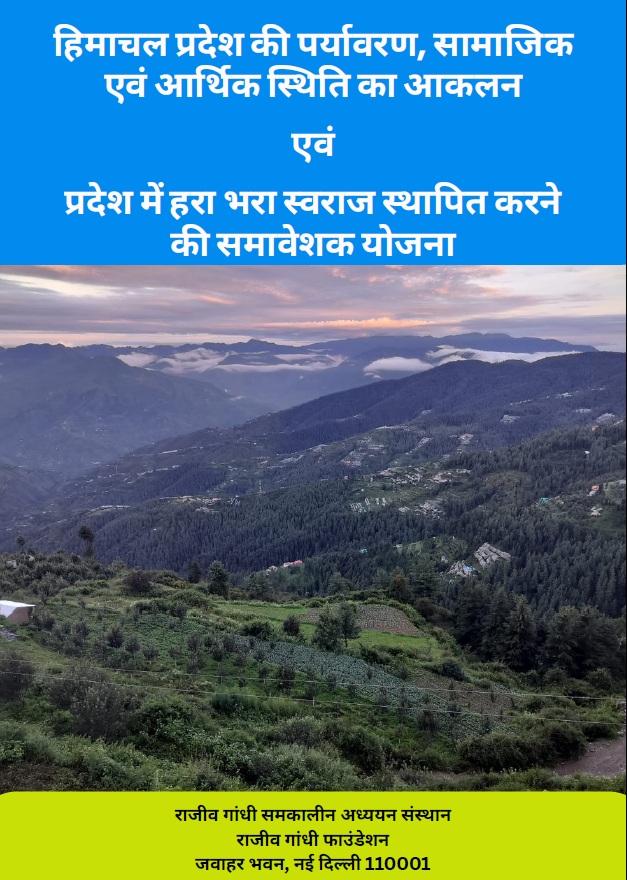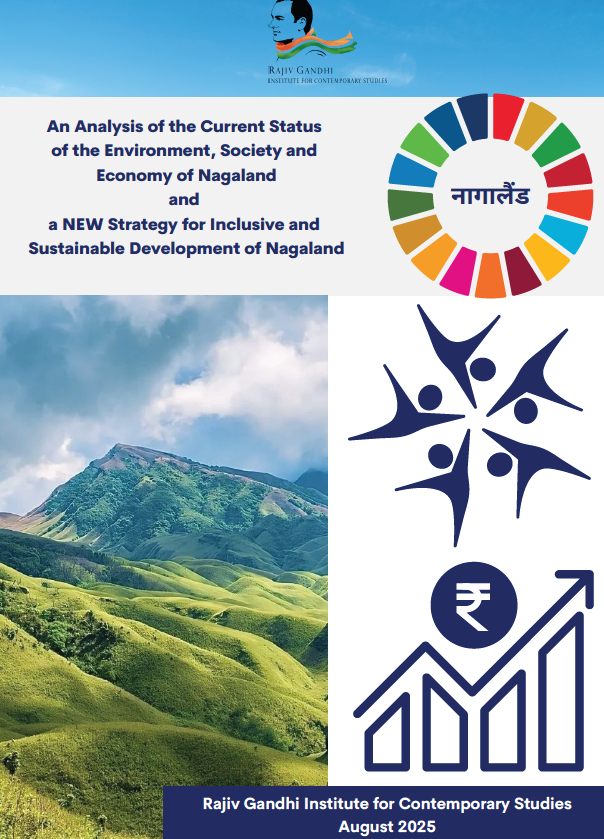The National Education Policy (NEP) 2020 proposes allowing top-ranked foreign universities to set up campuses in India. The goal is to improve education quality, reduce the outflow of students studying abroad, and make India a global education hub. While this move has potential benefits—such as boosting research and teaching standards—it also raises concerns. Questions about regulation, commercialization, affordability, and fair competition with Indian universities need to be addressed for this policy to succeed.
For years, India has debated whether to allow foreign universities to operate locally. Past efforts failed due to concerns about profit-making, regulatory control, and financial repatriation. The NEP 2020 takes a fresh approach by inviting select universities from global rankings to establish campuses with special regulatory concessions.
Bringing foreign universities to India isn’t as simple as it sounds. The biggest worry is that they might focus on revenue rather than quality education, making higher studies even more expensive. Bureaucratic red tape and lack of academic freedom in India could also discourage the best global institutions from setting up here. Moreover, if these universities only cater to wealthy students, they might widen the gap between privileged and underprivileged learners instead of improving overall education quality.
To truly benefit from foreign universities, India needs to create a welcoming yet well-regulated environment. Policies should ensure transparency, fair competition with Indian universities, and strong research collaborations. Offering incentives, streamlining regulations, and fostering faculty exchange programs can help make this initiative a success—creating a higher education system that is not only world-class but also accessible and fair.
Keywords: Foreign Universities, National Education Policy (NEP) 2020, Higher Education, Regulation, Autonomy, Commercialization, Research Ecosystem, Global Rankings, Student Mobility, Liberalization
Vision for Foreign Universities in the National Education Policy 2020: A Critique
Send download link to:

